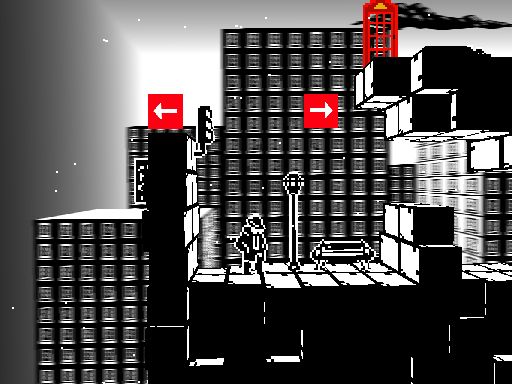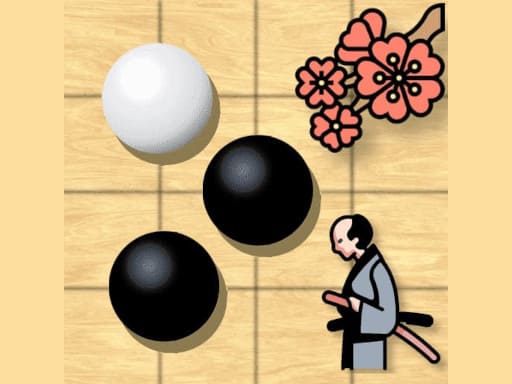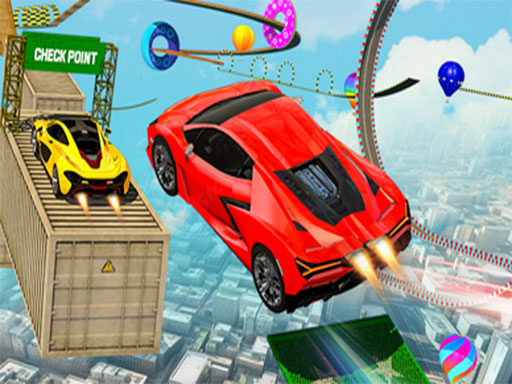
🏙️ Welcome to the Puzzle City: A New Kind of Adventure
In a world filled with fast-paced shooters and action-heavy titles, sometimes what we need is a game that challenges our brains and imagination. Welcome to a truly one-of-a-kind 2D puzzle city game that offers a refreshing experience by placing you inside a movable metropolis—one where the buildings, roads, and systems aren’t just scenery, but part of the solution.
In this immersive puzzle game, you play as the sole navigator in a shifting urban grid. With every level, you’re presented with a new architectural challenge: streets that must be rearranged, pathways that need rerouting, and barriers that require smart manipulation.
Unlike traditional puzzle games, this one places the puzzle inside a living city. You’re not just matching colors or moving tiles—you’re manipulating structures and rethinking how a city flows. Whether it’s rotating blocks, unlocking hidden alleyways, or creating makeshift bridges out of broken highways, the city becomes your sandbox.
The game’s aesthetic is both minimalist and detailed—clean lines, soft lighting, and ambient urban sounds that enhance immersion without overwhelming. It’s an experience that’s as meditative as it is mentally stimulating.
Get ready to take on the role of city architect, puzzle solver, and explorer all at once. This is not just a game. It’s a brain teaser set in concrete and glass.
🎮 Mastering the Controls: Simplicity Meets Depth
To truly enjoy any puzzle game, the controls must be intuitive, and that’s exactly what this urban challenge delivers. The movement relies on the standard WASD layout—simple, responsive, and second nature to most gamers.
-
W: Move Up
-
A: Move Left
-
S: Move Down
-
D: Move Right
But don’t let the straightforward controls fool you. What unfolds from these basic movements is a complex system of shifting city blocks, interactive terrain, and evolving obstacles that demand tactical thinking. Your goal isn’t just to navigate—it’s to reshape the very city you’re walking through.
As the puzzles increase in difficulty, new elements emerge: rotating intersections, unlockable zones, liftable platforms, and even time-based gates that require quick yet strategic movement. Each mechanic builds naturally on the last, maintaining a learning curve that feels rewarding rather than overwhelming.
The controls become a seamless extension of your decision-making. You don’t fight the interface; instead, it quietly supports your creative solutions, allowing you to focus entirely on the puzzle at hand.
With its responsive input and smooth transitions, the game succeeds in giving players the freedom to move while demanding the wisdom to plan.
🧠 Puzzle Dynamics: Building Complexity, One Block at a Time
What truly sets this game apart is how each level transforms the city into a living puzzle board. The core gameplay loop centers around manipulating parts of the urban environment to overcome specific goals—usually reaching a designated endpoint or activating hidden mechanisms.
Each structure you interact with behaves like a piece of a complex machine. You’ll be shifting entire buildings, rearranging sidewalks, lifting and rotating infrastructure, and watching as once-impossible paths open with the right configuration.
Some puzzles are spatial—figuring out how to stack or position elements to build a bridge or path. Others are sequential, requiring actions in a particular order to unlock progression. Then there are logic-based puzzles where you must decipher patterns hidden in graffiti, signs, or building layouts.
The beauty of the game lies in how it merges creativity with problem-solving. There’s rarely a single “correct” solution. Some players may prefer efficient paths, while others build intricate routes that are clever in their own right. Both styles are rewarded.
This dynamic encourages experimentation. You’re invited to test, fail, reconfigure, and ultimately learn through play. Each city block is a clue, and every puzzle is a riddle waiting to be unraveled.
🌆 A City with Personality: Visual Design and Atmosphere
The visuals of this game aren’t just a backdrop—they’re essential to the experience. The entire city is crafted in 2D pixel art with subtle details that create an emotional connection. Every lamppost, rooftop, and shadowy alley contributes to a sense of place.
The urban setting is divided into neighborhoods, each with its own color palette and environmental cues. Some areas are gritty and industrial, filled with rusted beams and broken roads. Others are sleek and modern, pulsing with neon lights and reflective windows.
Ambient animations breathe life into the city: fluttering pigeons, distant traffic noises, flickering neon signs, and passing shadows all enhance immersion. Though you are the only visible character, the city feels alive—like it has a memory of those who came before.
This visual clarity isn’t just for beauty. It also aids gameplay. Important objects are subtly highlighted. Lines and angles help guide your eyes to critical spots. Color-coded cues help differentiate movable from static structures.
Whether you’re solving a level or simply exploring, the visuals inspire a connection. This isn’t just a playground for your brain—it’s a city that grows with every move you make.
🧩 Evolving Challenges: From Simplicity to Strategy
The first few levels ease you in with clean layouts and minimal distractions. But as you progress, the city becomes a labyrinth of complexity. New puzzle mechanics are introduced at just the right pace to keep things fresh.
Eventually, you’ll deal with one-way streets, magnetic cranes, and energy grids that must be activated in sequence. Some levels require revisiting previously solved areas with new tools or knowledge, creating a delightful sense of progression and mastery.
This steady increase in difficulty ensures that each puzzle builds upon previous lessons. It’s a masterclass in pacing—players never feel lost, but they’re always thinking.
Optional objectives, like timed runs or completing puzzles with a minimum number of moves, add replayability for the competitive and perfectionist crowd. These aren’t required, but they offer an extra layer of challenge for those seeking it.
And even when you’re stumped, the game respects your intelligence. There are no forced hints, no hand-holding. Just a smart design that trusts you to figure it out.
🧭 Navigation as Exploration: Finding the Right Path
Navigation in this game isn’t just about movement—it’s about decision-making. Every direction you take offers potential, but not every route leads to success. Sometimes, reaching the end requires doubling back, shifting blocks that once seemed irrelevant.
This aspect transforms each level into a mini expedition. You’re not just walking—you’re scouting, evaluating, experimenting. Like a maze architect, you begin to understand how pieces of the city interact, and you learn to anticipate how one change might affect the entire layout.
This feeling of exploration is intensified through hidden paths and secret areas that reward curiosity. Observant players are often delighted to find shortcuts or bonuses tucked away behind inconspicuous doors or alleyways.
And with every solved puzzle, the city itself changes. New sections open, bridges emerge, and a greater sense of freedom replaces the initial constraints. It’s a constant expansion—a city unfolding under your control.
With navigation as both a mechanical and thematic core, the game invites players to look beyond the obvious and discover new solutions just beneath the surface.
🧰 A Developer’s Playground: The Hidden Genius Behind the Game
Beneath the gameplay is a technical foundation that’s quietly brilliant. Designed with an adaptable structure, the game is built for longevity and customization. Though players don’t need to think about how it works, game developers might take notice.
Everything in the game—from tiles to buildings—functions on a modular grid system. This makes it easy for designers to create and test levels or expand the game in the future. If someone wanted to reskin the city or add new puzzle elements, the clean back-end makes that process simple.
The logic systems that govern interactions (like doors that unlock when power lines are activated, or blocks that slide only in certain directions) are all built to be reused and expanded. It’s a level of design discipline that ensures stability while leaving room for innovation.
Even the animation layers—clouds, light effects, and reflections—are implemented in a way that adds depth without bogging down performance. The game runs smoothly even on modest machines or mobile devices.
Whether you’re here to play or peek behind the curtain, there’s a silent sophistication at work—and it makes every interaction feel just right.
🏁 Final Thoughts: A Puzzle Game That Redefines Urban Logic
This 2D puzzle city game is more than just a game. It’s an invitation to rethink how we interact with digital spaces. Through intuitive controls, intricate challenges, and immersive design, it offers players a chance to engage their minds while enjoying the satisfaction of problem-solving.
It doesn’t rely on gimmicks or noise. Instead, it captures attention through elegant mechanics, strong visuals, and meaningful progression. Whether you’re a casual player looking to unwind or a puzzle enthusiast chasing perfection, there’s something here for you.
As you shift city blocks, unlock secrets, and forge new paths, you begin to realize the game is asking something deeper: What if the city wasn’t fixed? What if the puzzle was the city itself?
The answer lies in every move you make. So, fire it up, stretch your fingers, and reshape the skyline—one puzzle at a time.






